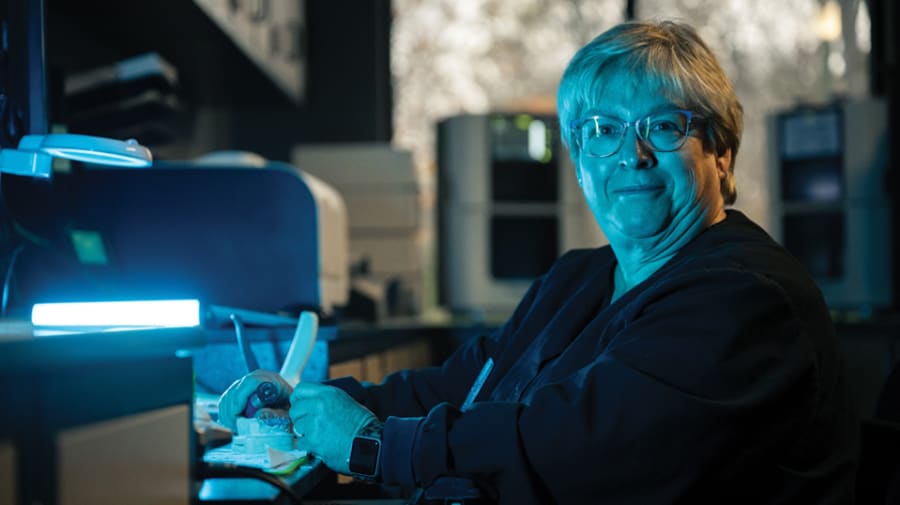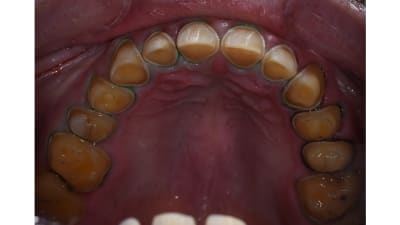
False
Advertisement
Continuing Education
Latest Courses

Leveraging Digital Smile Design Technology in Esthetic Restorative Dentistry
Macarena Rivera, DMD, MSc; and Markus B. Blatz, DMD, PhD
CE Credits: 1
Cost: $8.00

Adapting the Digital Reference Denture Technique for Full-Arch Cases Using a Novel Fixed Attachment System
Michael D. Scherer, DMD, MS
CE Credits: 1
Cost: $8.00

The Ovate Pontic
J. William Robbins, DDS, MA
CE Credits: 1
Cost: $8.00
Latest Webinars

Choosing the Right Zirconia for Your Lab
Paul Cascone
CE Credits: 1
Cost: $0.00

Easing the Transition: How Labs Can Confidently Sell Digital Denture Workflows to Dentists
Pam Rehm, RDT
CE Credits: 1
Cost: $0.00

Who’s Really in Charge? The Digital Collaboration Between Laboratories and Doctors
Frankie Acosta; Daniel Vasquez, DDS
CE Credits: 1
Cost: $0.00
Featured Videos
Latest News
False
Advertisement










